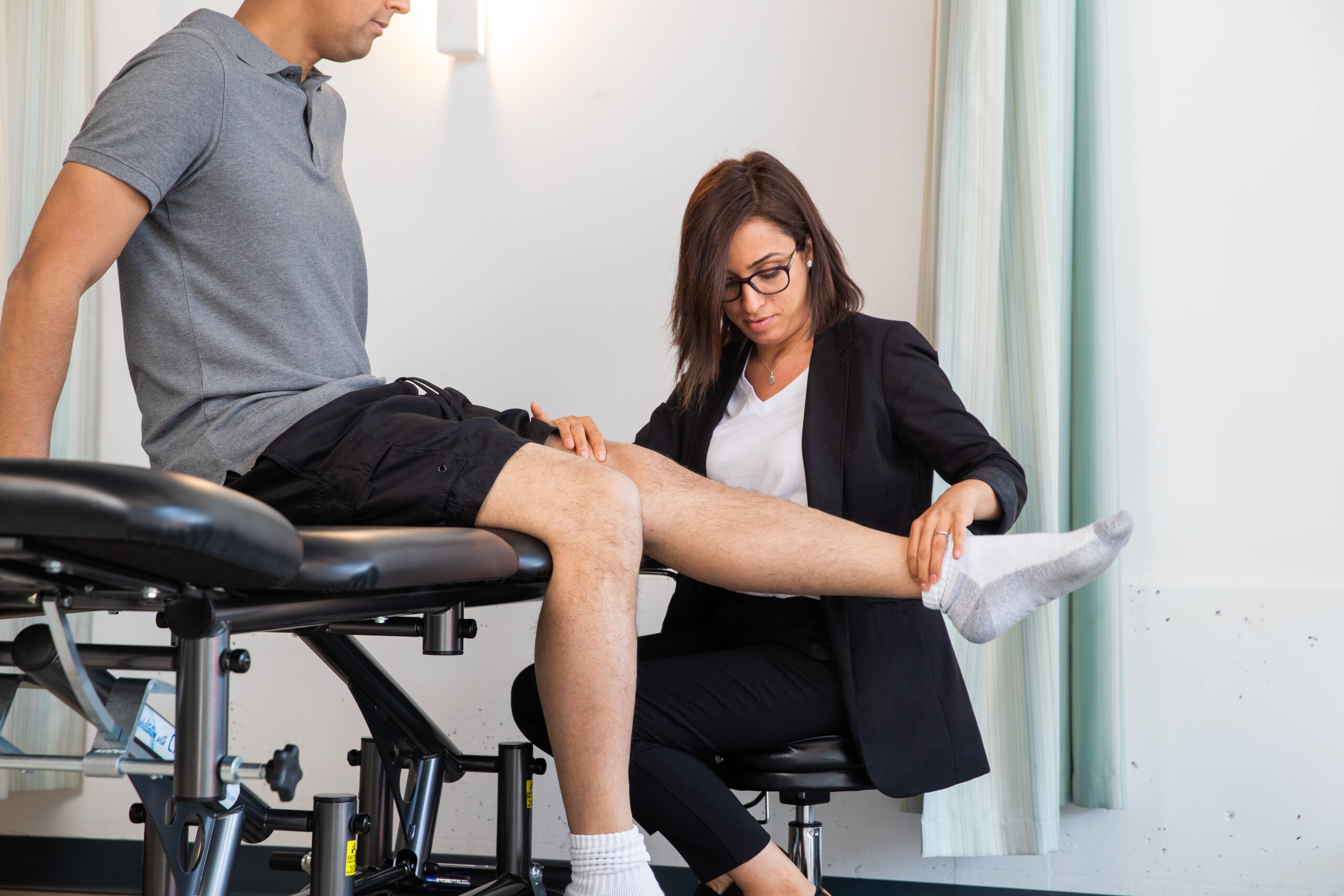
Baker’s Cyst – A Swollen Knee Pocket
Baker’s cysts are one of the most common conditions of the knee! Those who experience a Baker’s cyst will complain of having a large lump at the back of their knee. These often form due to an underlying issue within the knee itself. Although this sounds concerning, these cysts often disappear on their own without the need for any treatment!
What is a Baker’s Cyst?
There are many pockets filled with fluid called “bursa(s)” in the body. The “popliteal bursa” is the bursa located at the back of your knee. These bursas are commonly found at joints where ligaments and tendons cross over bones. They help to reduce friction, similar to synovial fluid, and to cushion the movement of the joint and its surrounding structures. Synovial fluid is a component produced within joints that provide nutrition and lubrication that is necessary for healthy and smooth movement.
When you have an underlying condition, such as arthritis (osteoarthritis, rheumatoid arthritis), or injury to the knee (eg. cartilage tear, trauma), it can result in extra synovial fluid piling up behind the knee, creating a “cyst”. This can also happen “idiopathically,” meaning without a known cause. Surprisingly, most people don’t experience any symptoms! However, people with a Baker’s cyst can experience swelling behind the knee, knee pain, reduced range of motion at the knee, or tightness at the back of the knee. Individuals who engage in activities that involve bending and straightening of the knee or standing for prolonged periods may have more pain.
Should I be concerned if I have a Baker’s Cyst?
The answer is no! Typically, these can disappear on their own without any treatment. However, there are some rare cases that can be more serious. Such cases involve:
- Sharp pains in the knee
- Swelling, redness, and warmth of the calf
- Bruising at the ankle
If you experience any of these symptoms, seek medical advice as soon as possible to determine the underlying cause and rule out more serious conditions like a blood clot.
How to treat a Baker’s Cyst?
As mentioned earlier, Baker’s cysts often disappear on their own. If it doesn’t seem like it’s resolving itself, physiotherapists can help to treat the underlying condition and prescribe gentle exercises to improve range of motion around the knee. They can also help to strengthen the muscles surrounding the knee to provide more support to the joint itself. It is recommended that you continue to engage in your everyday activities while being mindful to avoid certain movements that aggravate the cyst. Additionally, over the counter medications such as Tylenol, Advil, or Motrin can be taken to relieve pain and inflammation, but be sure to ask your doctor or pharmacist first if these are suitable for you. Other treatments can include steroid injections to reduce inflammation; although this option helps to reduce pain, it does not prevent future Baker’s cysts from recurring. Surgical options, as a last resort, can include draining the fluid with a needle or removing the cyst overall.
At Boost Physiotherapy, our physiotherapists are ready to assist you with your injuries and conditions. If you experience any symptoms of a Baker’s cyst or have concerns about how you can resolve it, be sure to talk to your physiotherapist or physician to determine what treatment options are best suited for your needs. If you have any further questions regarding Baker’s cysts, book an appointment online or call us today at 587-635-5555 (South Edmonton) or 780-591-5555 (Stony Plain). Our physiotherapists will be happy to assist you in any way!
BY: gcowan
Uncategorized
COMMENTS: No Comments
